
Pet-proofing your home is crucial for your pets’ safety and happiness. Begin by securing toxic substances and investing in pet gates. Hide cords and valuables, keep trash bins sealed, and create a comfortable pet-friendly space. With these 12 tips, you can ensure your home is a safe haven for your furry friends.
Pet owners, the safety and happiness of our beloved pets are paramount. In this informative article with a 1500-word target, we’ll explore 12 practical tips for pet-proofing your home. From securing hazards to creating a comfortable environment, let’s ensure your pet’s well-being in every corner of your home.
1. Pet-Proof Your Home
Pet-proofing your home is the foundational pillar of responsible pet ownership. It goes beyond merely creating a pet-friendly environment; it’s about ensuring their safety and overall well-being. Start by identifying potential hazards within your living space. Toxic plants, chemicals, and small objects that pets might ingest should be high on your radar.
Store them in secure cabinets or places where your pets can’t access them. Make it a habit to regularly inspect your home from your pet’s perspective, getting down on all fours if needed, to uncover any hidden dangers you might have missed in your usual line of sight.
2. Invest in Quality Pet Gates
Quality pet gates serve as indispensable sentinels, effectively demarcating safe zones within your home. They’re particularly useful for restricting access to areas that might pose risks to your pets, such as staircases or rooms housing potentially hazardous items.
High-quality gates not only keep your pets secure but also provide you with peace of mind, knowing that they won’t accidentally venture into danger. These gates strike a balance between safety and freedom, allowing your pets to explore designated areas where they’re welcome while ensuring their well-being remains paramount.
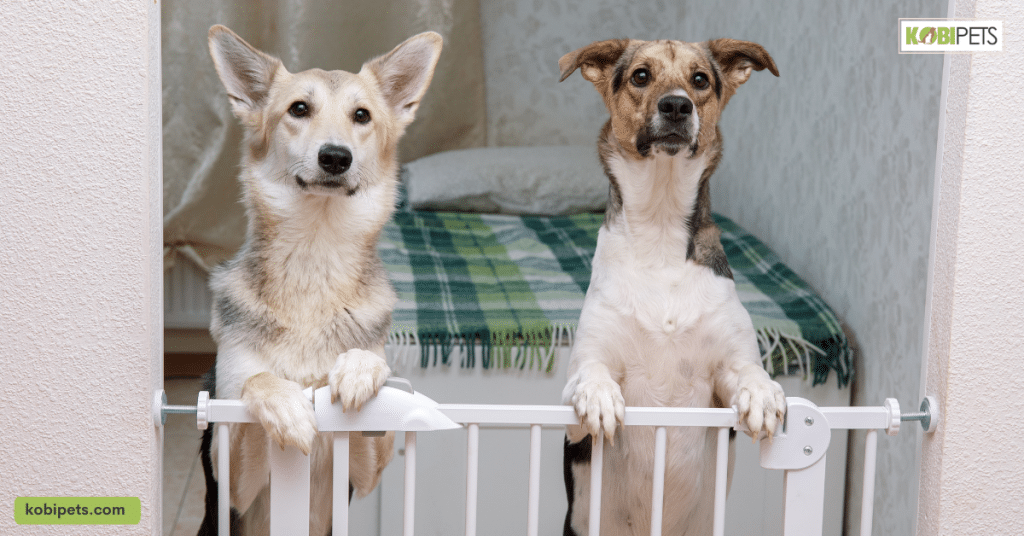
3. Hide Electrical Cords
Electrical cords can be a tantalizing temptation for curious pets, but they also pose significant risks, including electrocution and fire hazards. To prevent these accidents, take proactive measures like hiding cords behind furniture or using cord covers to conceal them.
Alternatively, elevate cords out of your pet’s reach by securing them to walls or using cable organizers. Regularly inspect cords for signs of wear and tear, fraying, or damage, and replace them promptly to maintain a safe living environment for your pets.
4. Secure Small Objects
Small objects can be treacherous for pets, especially for puppies and kittens exploring their world with their mouths. Items like buttons, coins, and rubber bands can easily be swallowed, leading to choking hazards or blockages. Safeguard your pets by keeping these items out of their access. Store them in drawers or containers with secure lids.
Pay vigilant attention to your pet’s vicinity, as even seemingly insignificant items can pose a potential emergency if ingested. Being proactive in this regard can spare your pets from harm and you from distress.
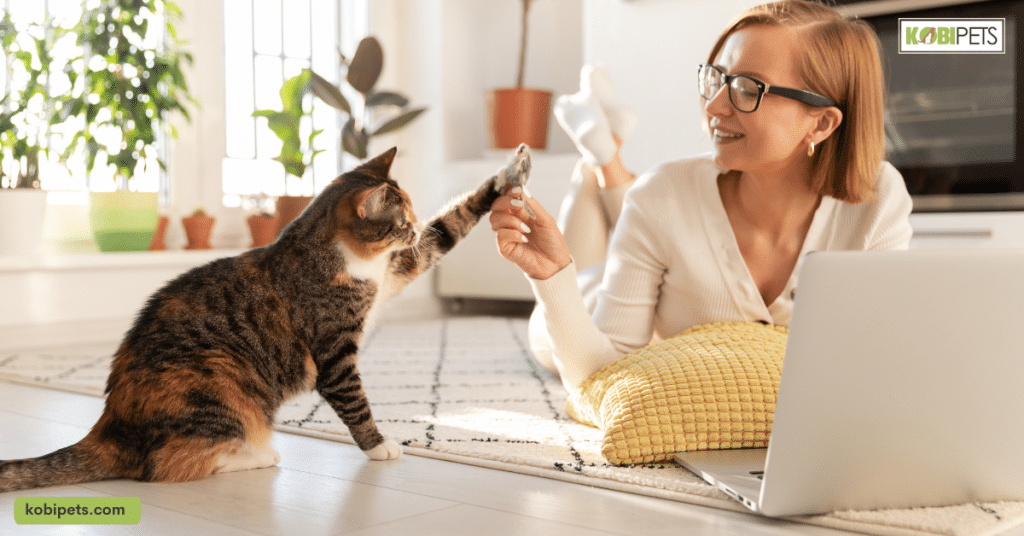
5. Protect Valuables
Pets, especially cats, have a knack for getting into places they shouldn’t and engaging in playful antics that may inadvertently lead to mishaps. To safeguard your valuables and fragile items, consider securing them on shelves or using museum putty to keep them in place.
If you have delicate or valuable decorations, consider using shatterproof glass or acrylic frames to prevent accidents or damage caused by curious paws and tails. This extra layer of protection ensures that your cherished possessions remain intact while allowing your pets to express their playful nature without fear of consequences.
6. Seal Trash Bins
Pets, especially dogs and cats, are natural scavengers, and open trash bins are an enticing source of potential hazards. To keep them safe, use trash bins with secure lids or place bins in cabinets out of their reach. This simple precaution ensures a clean, hazard-free environment and prevents your pets from getting into harmful trash.
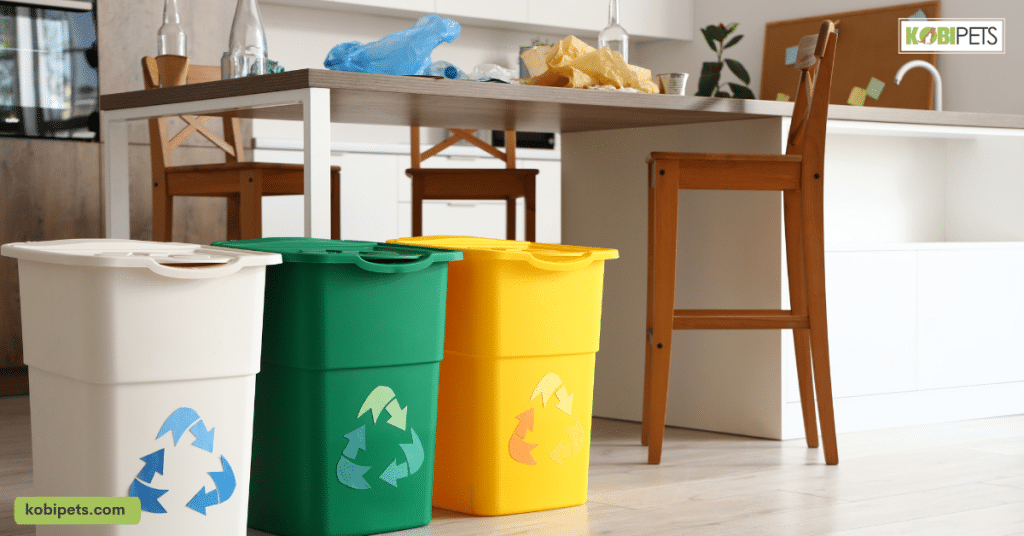
7. Create a Comfortable Space
Your pets deserve a haven of comfort and warmth within your home. Start by providing soft, cozy bedding where they can rest and relax. Ensure there’s a variety of toys that cater to their individual preferences and needs, from interactive toys to chew toys and feathered playthings.
Designate a specific play area, perhaps with scratching posts for cats or agility courses for dogs, where they can exercise and explore safely. This attention to their comfort and happiness contributes significantly to their overall well-being, ensuring they feel loved and content in their home.
8. Regular Home Inspections
Routine home inspections are your proactive defense against potential pet hazards. Adopt a pet’s perspective by getting down to their level and closely examining your living space. Look for loose cords, open cabinets, or any items that might attract the curiosity of your pets.
Regular inspections empower you to identify and mitigate risks before accidents occur, keeping your pets safe and your home hazard-free.
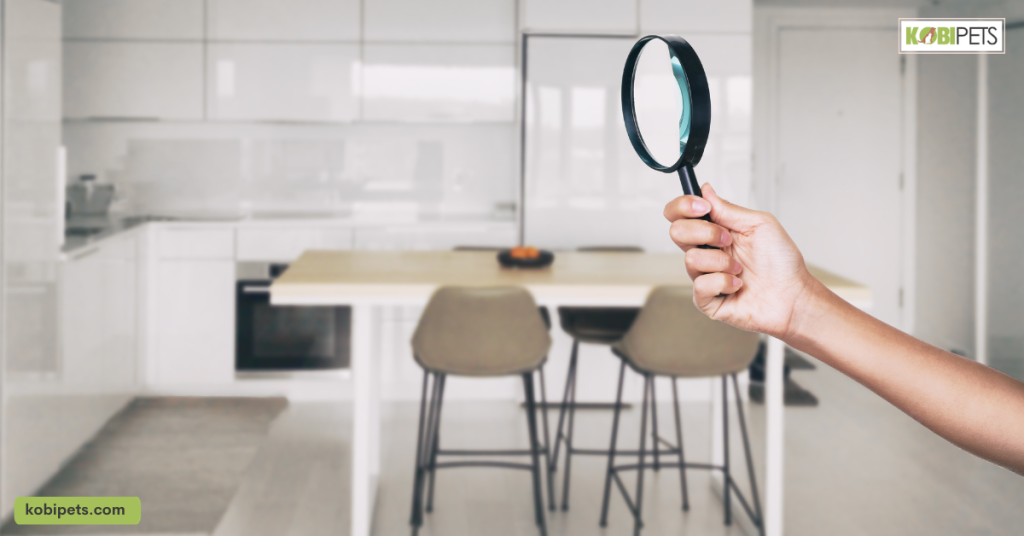
9. Pet-Proof Specific Areas
Different areas of your home may present unique challenges and require tailored pet-proofing measures. In the kitchen, protect your pets from hot surfaces, open flames, and access to foods that could be harmful to them. Use baby gates to block off the kitchen when necessary. In the bathroom, lock away chemicals and medications in secure cabinets to prevent accidental ingestion.
Outdoor spaces demand special attention as well, with fencing and secure gates to thwart escapes and ensure your pets don’t have unexpected encounters with wildlife. By addressing specific hazards in each area, you create a safer and more enjoyable environment for your pets.
10. Invest in Training
Training your pets is an investment in their safety and overall well-being. Proper training helps them understand boundaries, commands, and appropriate behavior, reducing the likelihood of accidents or destructive tendencies. Basic training, such as teaching obedience commands like sit, stay, and come, establishes a strong foundation for safety.
Additionally, recall commands can be invaluable, ensuring that your pets respond promptly in potentially hazardous situations, such as approaching traffic or unfamiliar animals.
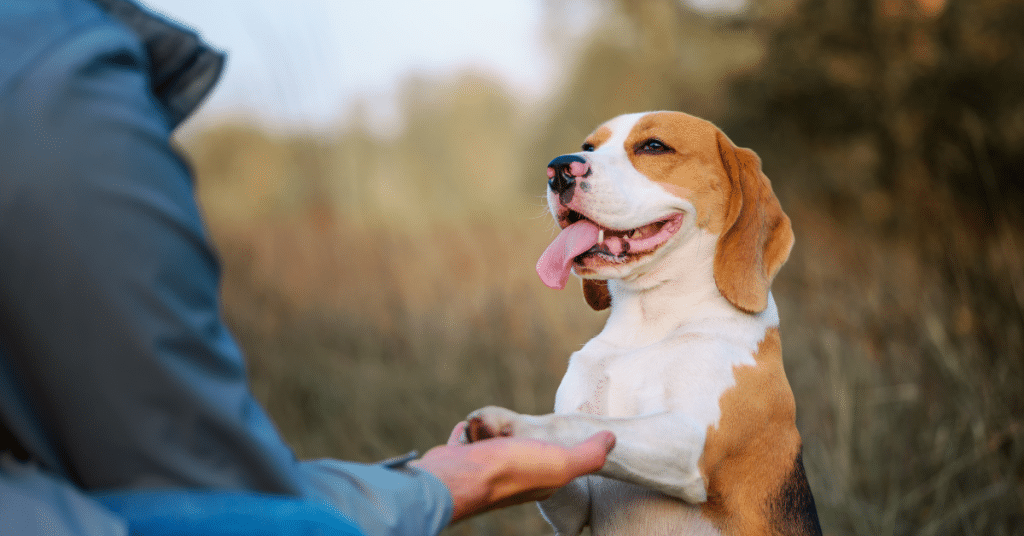
11. Emergency Preparedness
Accidents and emergencies can occur when you least expect them, so it’s essential to be prepared. Have a pet first-aid kit readily available, equipped with items like bandages, antiseptic wipes, tweezers, and any specific medications your pets may need.
Familiarize yourself with the location of nearby emergency veterinary clinics, and keep their contact information easily accessible. Quick action during emergencies can make a substantial difference in your pet’s outcome, potentially saving their life.
12. Provide Mental Stimulation
Mental stimulation is a cornerstone of pet happiness. Enrich their lives by offering a variety of interactive toys that challenge their minds and engage their natural instincts. Puzzle feeders make mealtime more interesting, while toys that dispense treats reward mental effort.
Regular playtime and interaction with your pets are also essential for their mental well-being, reducing boredom, stress, and anxiety. By incorporating mental stimulation into your pet’s daily routine, you ensure they lead fulfilled and content lives.
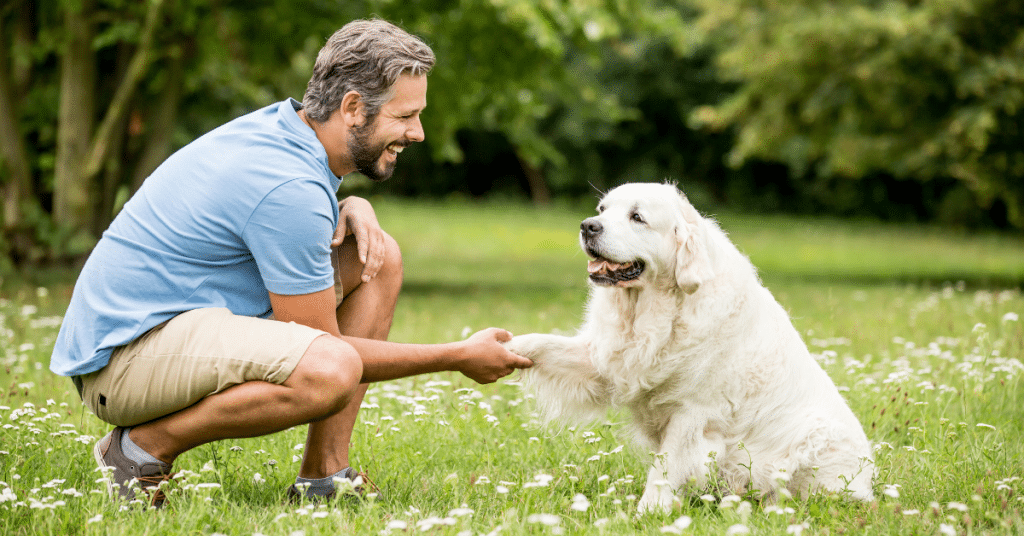
In conclusion
Creating a safe and happy environment for your pets is not just a responsibility but a labor of love. These twelve tips, from pet-proofing your home to providing mental stimulation, form the foundation of responsible pet ownership.
By implementing these measures, you not only protect your pets from harm but also enhance their quality of life, ensuring they thrive in your care. Remember, a safe and contented pet is a cherished companion, and your efforts to provide them with a secure and joyful home are a testament to the bond you share.






